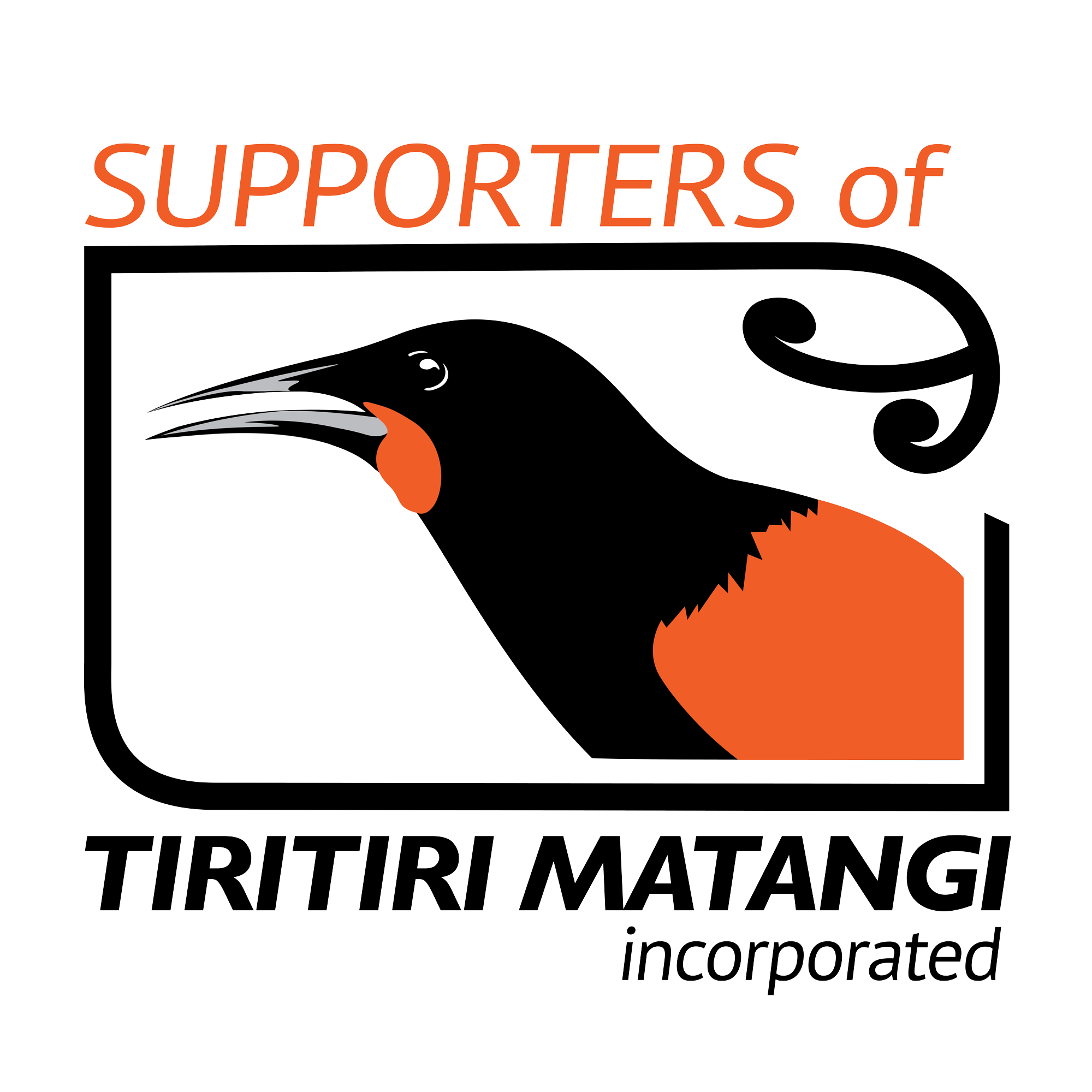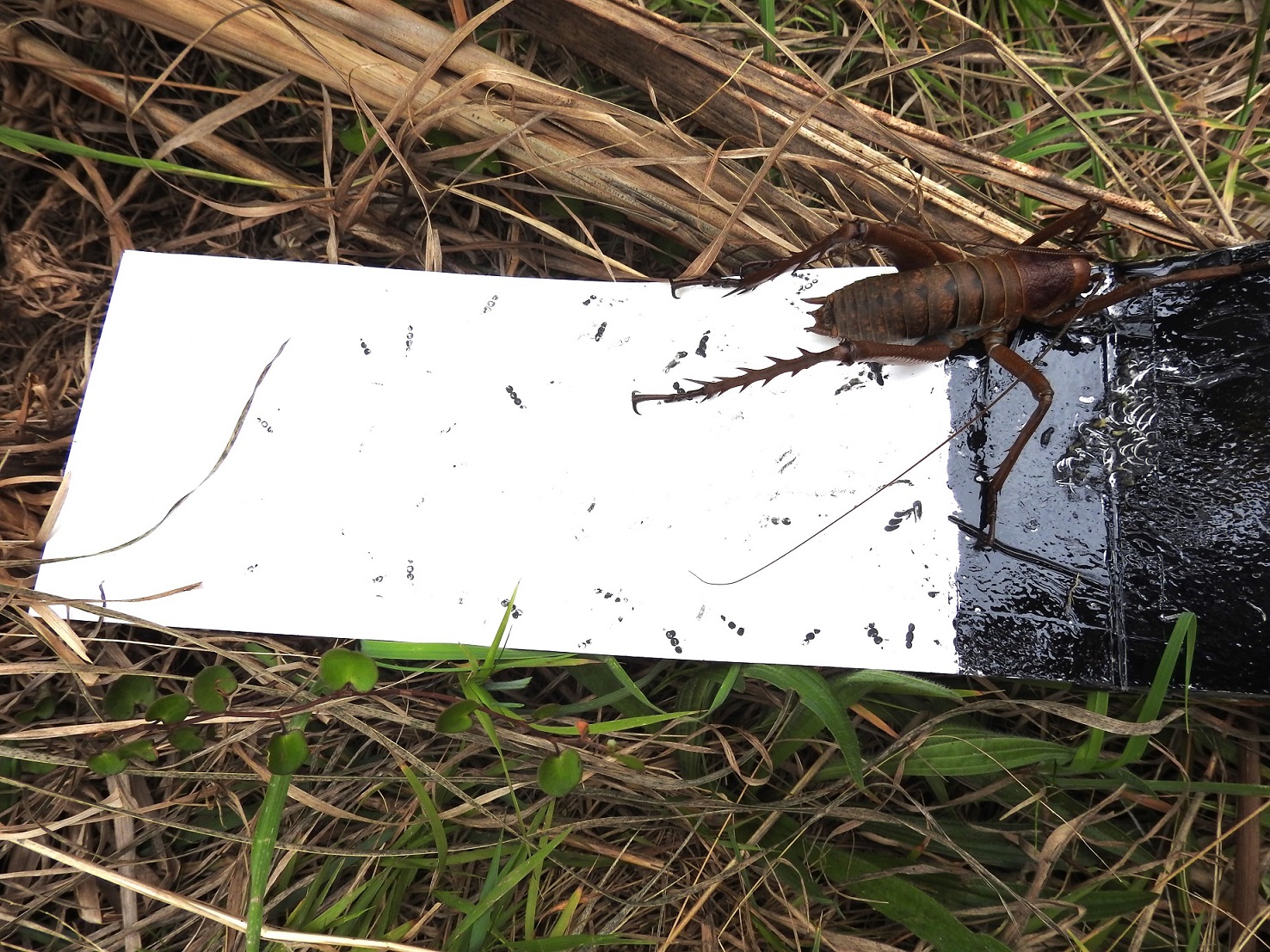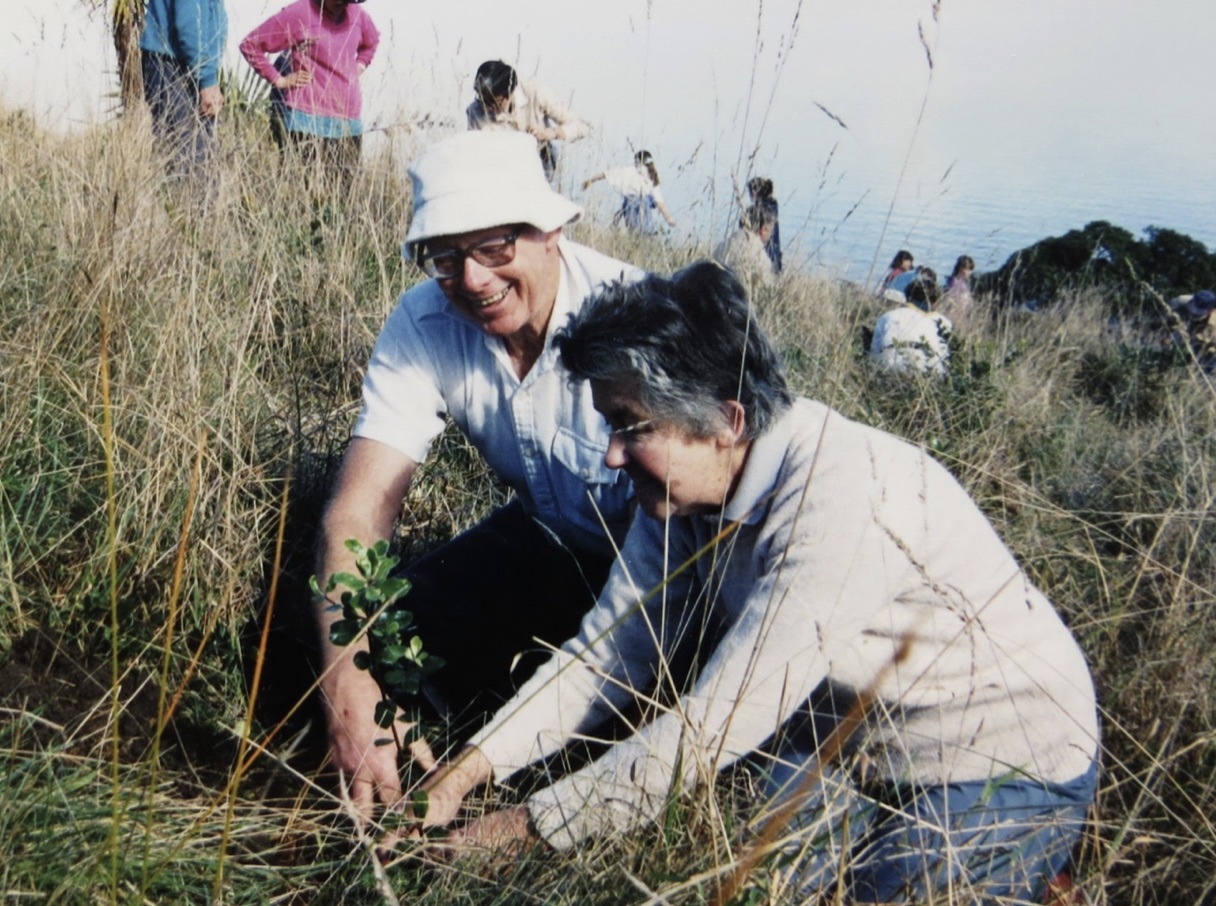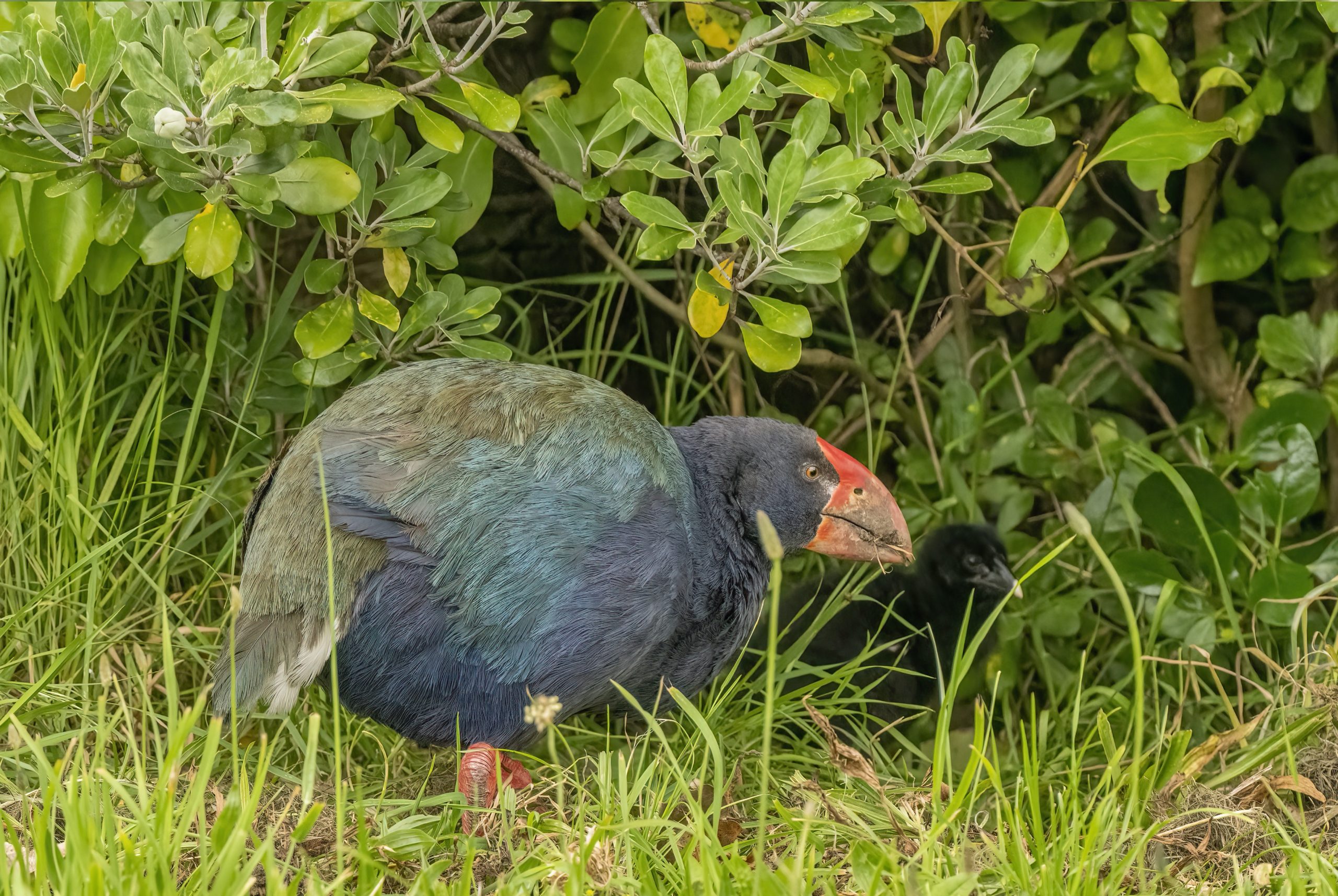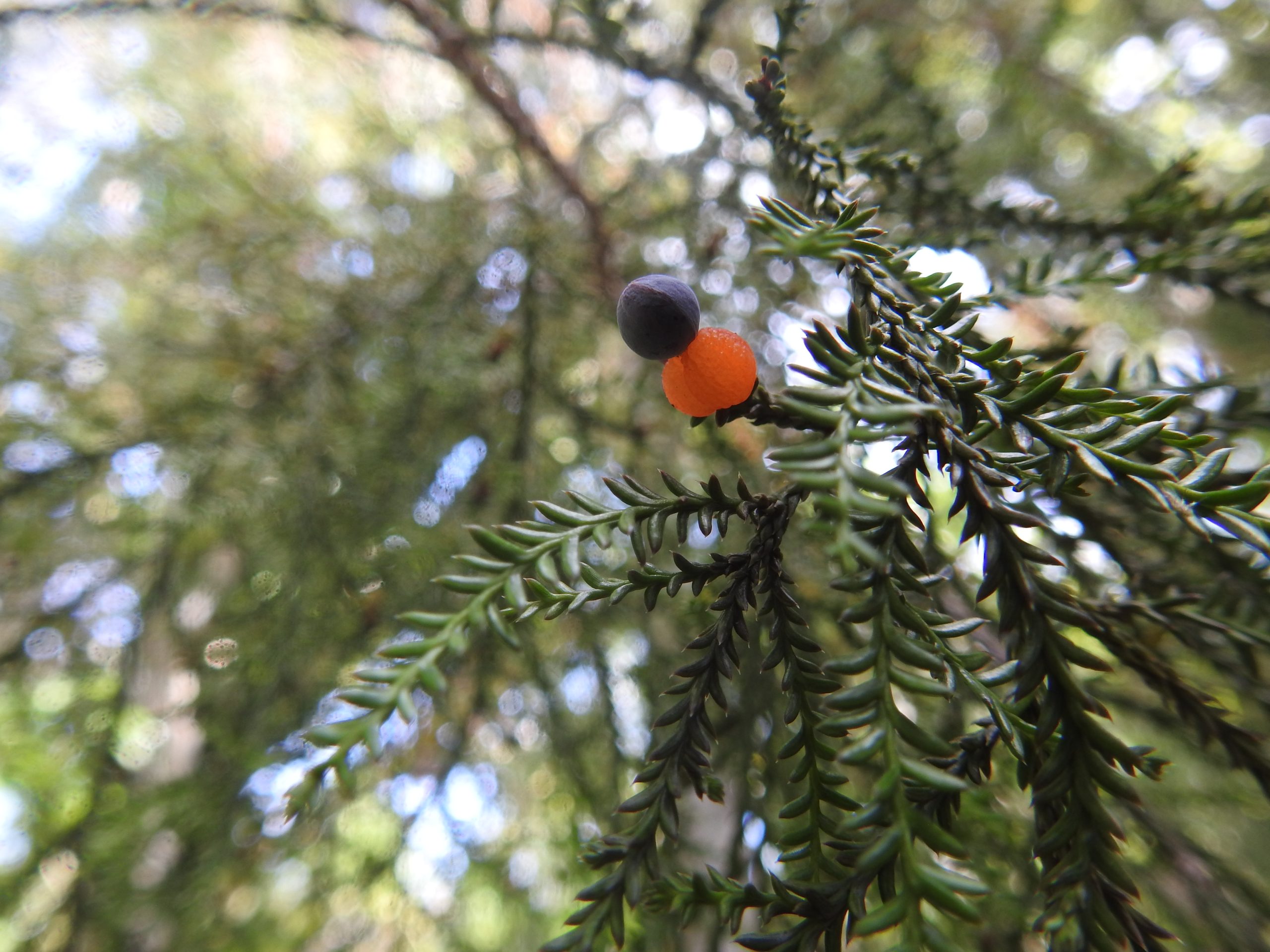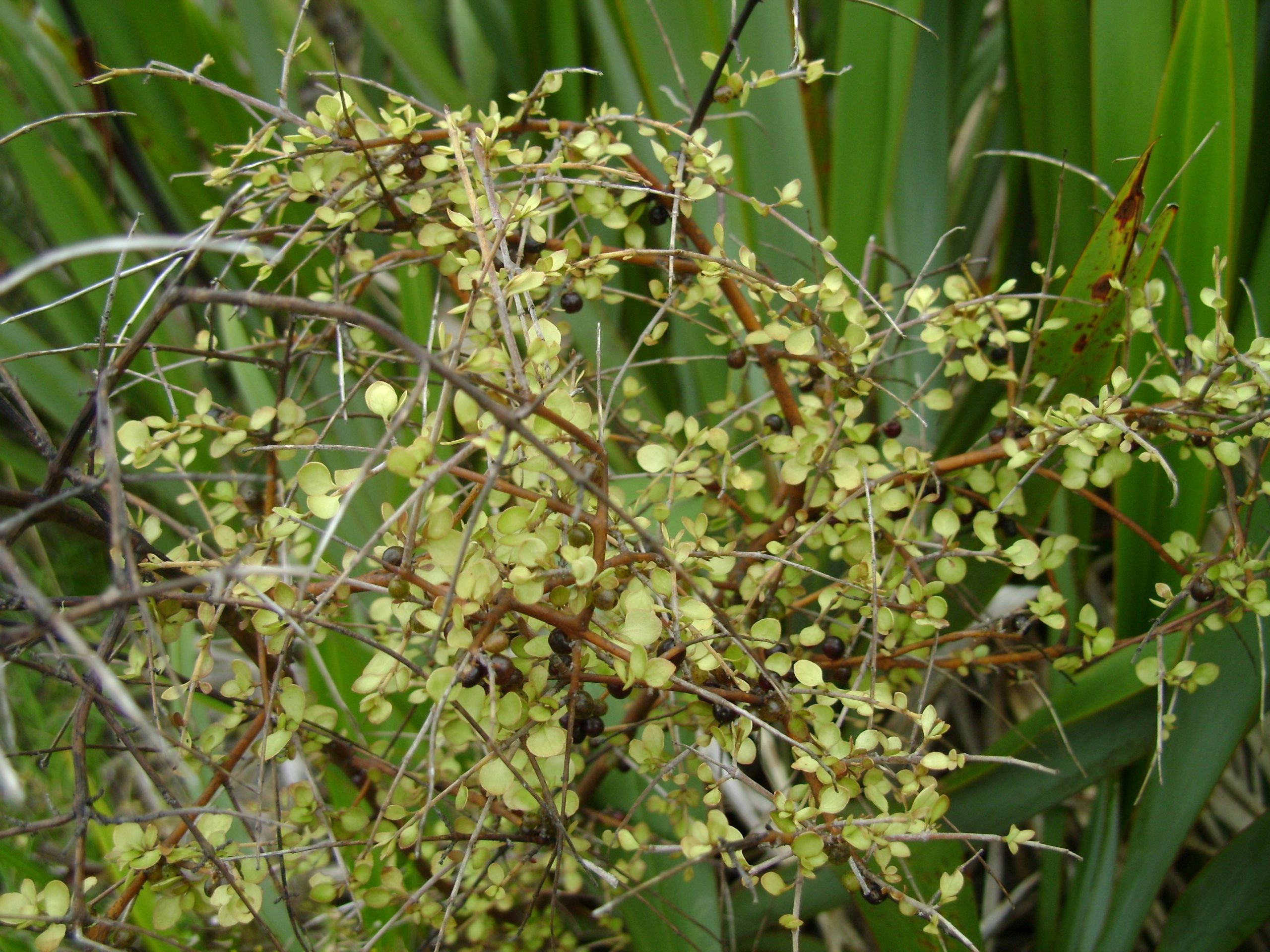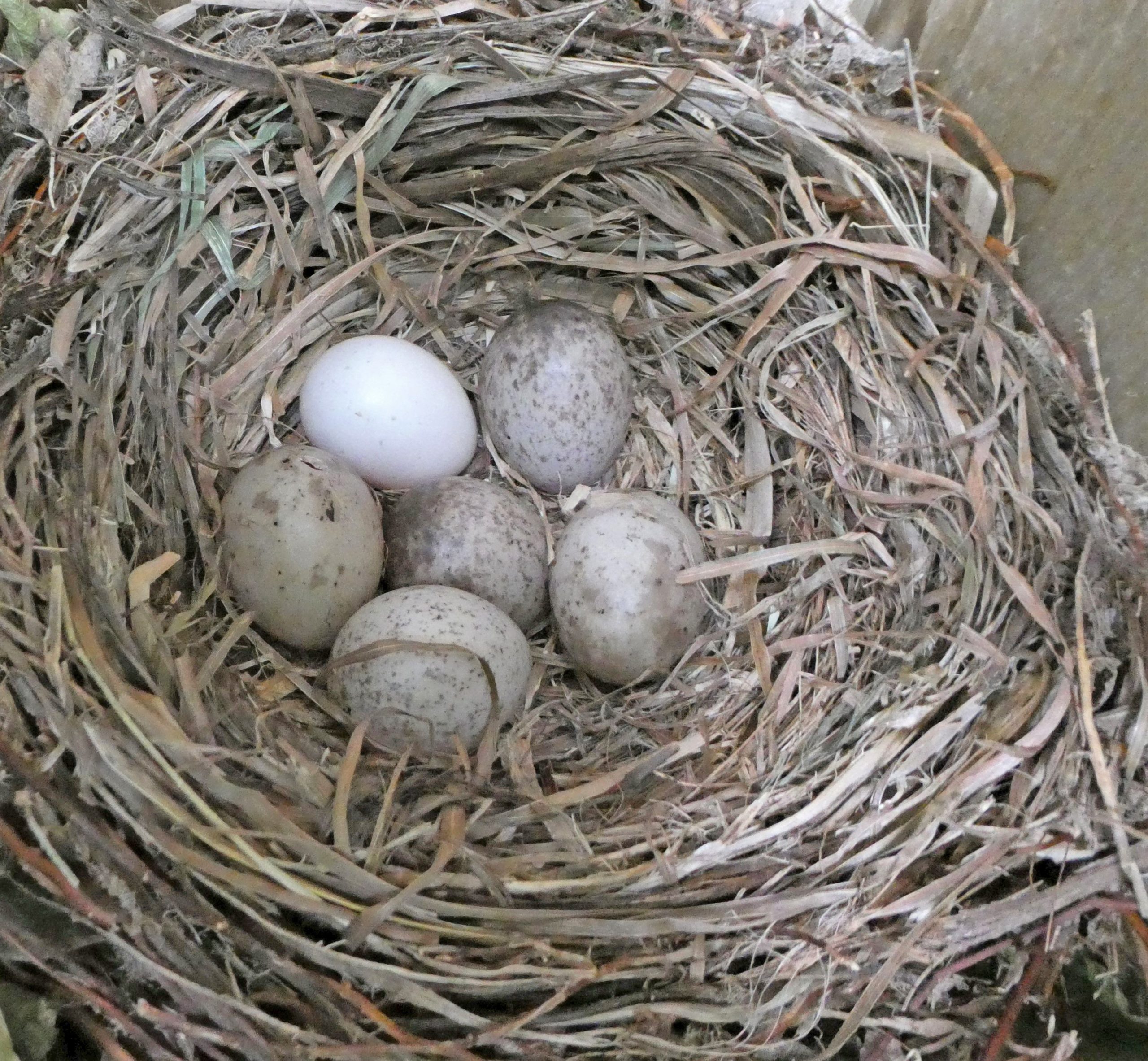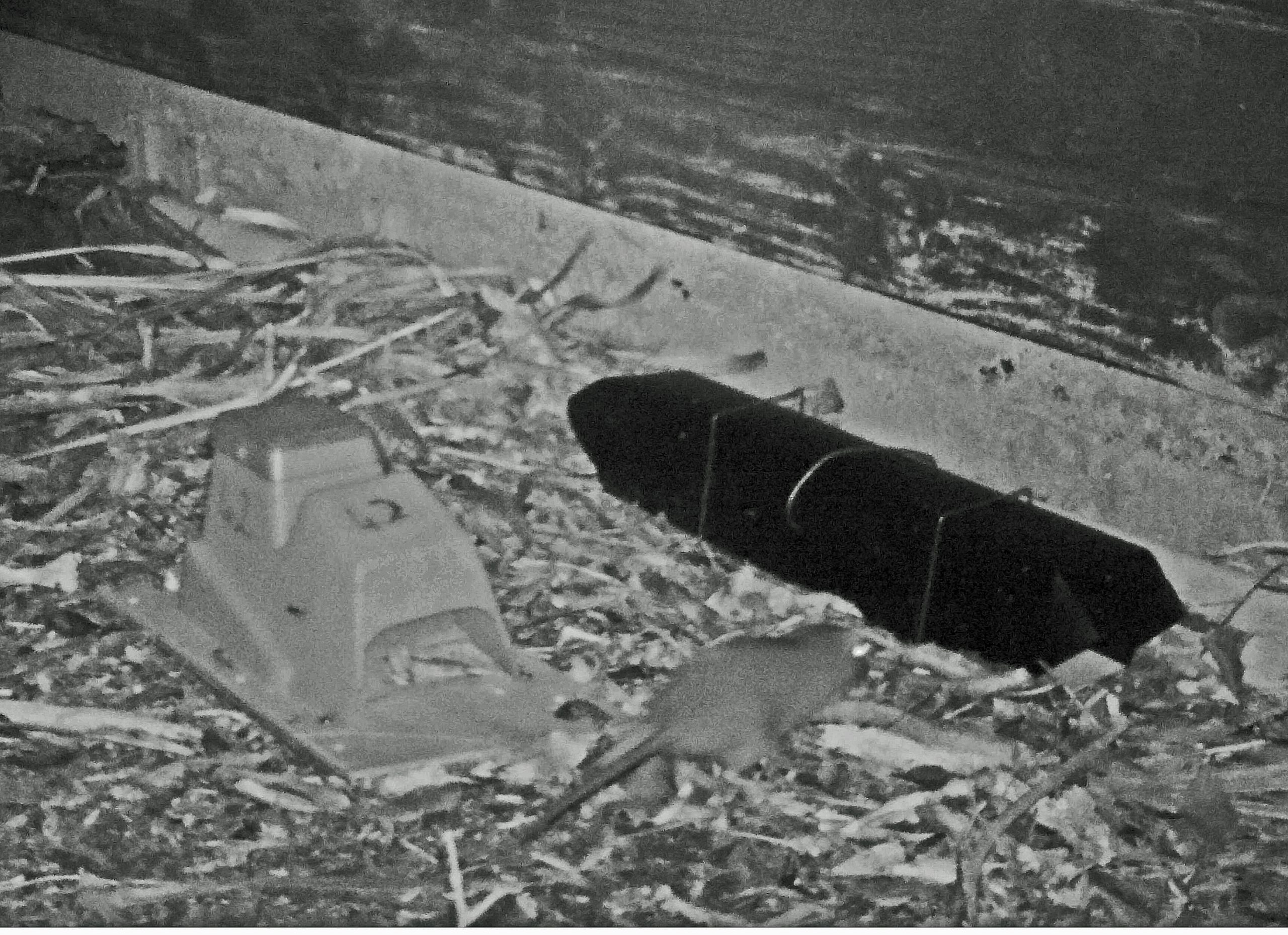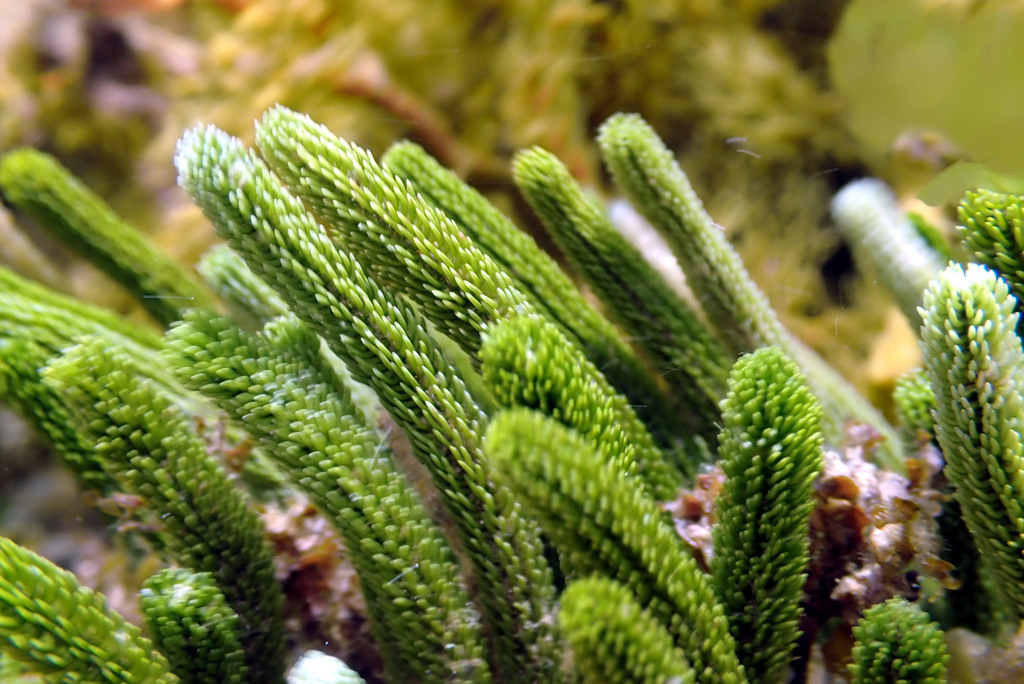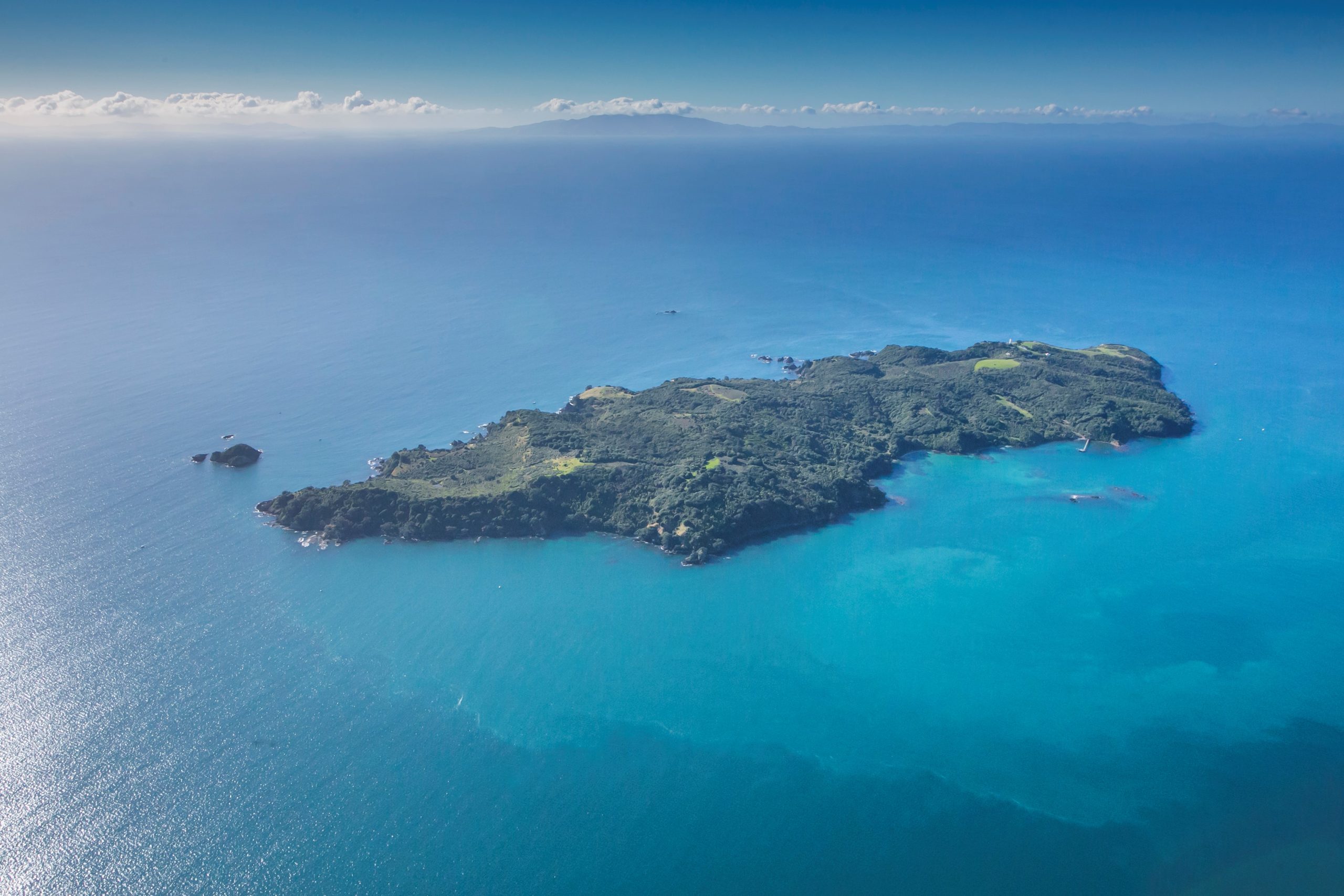Tracking tunnels on Tiritiri Matangi
Tracking tunnels on Tiritiri MatangiAuthor: Neil DaviesDate: 15th September 2023Tracking tunnels on Tiritiri Matangi are used as a biosecurity monitoring tool for detecting the presence of unwanted organisms such as rats or mice. They can also build up a picture of what animals are present in a certain area. The cards inside the tunnels are inked in the middle and have peanut butter as a lure. Animals that are attracted by the smell of peanut butter enter the tunnel and walk across the ink to reach the peanut butter. When they exit the tunnel they leave footprints (and sometimes marks from the body or tail).
In the past, the cards were left out for a month but now they are put out one weekend and taken in the following weekend. Tracking cards are also being used to monitor reptiles on the island. It was through a tracking tunnel that a Norway rat was detected on the island in January 2018 with its prints appearing on the tracking card. It is the only rat incursion that we are aware of since kiore (Polynesian rats) were eradicated in 1992-3. Fortunately, it was caught within two weeks, before it was able to cause too much damage.
More typically though, footprints of skinks, geckos, wētā, wētāpunga, tuatara and birds eg. Pūweto/ spotless
crake and, occasionally, kororā/ Little penguin, show up on the cards.
How a shortage of rakes led to the creation of an extraordinary environmental legacy
How a shortage of rakes led to the creation of an extraordinary environmental legacyAuthor: Jim Eagles, taken from the Dawn Chorus Bulletin 113Date: May 2018Jim Battersby was first and foremost a Presbyterian minister, having been ordained in 1953 and retired in 1987. In an article written for a church magazine in 2006 he recalled that, ‘Like many of my generation of students, I felt the call to ministry early after leaving secondary school, and so ministry became my whole career. I served 22 years in three parishes, and about 13 years in a hospital chaplaincy.’ Unsurprisingly, when he retired from the ministry, it left a big gap in his life. And, as it happens, about this time the island of Tiritiri Matangi had stopped being farmed and, thanks to the efforts of people like John Craig and Neil Mitchell of Auckland University, was slowly being re-afforested under the supervision of former lighthouse keepers Ray and Barbara Walter. And the Battersbys started to get involved. Asked at one of his talks how he came to get involved, Jim said he thought the fact that he and his wife Barbie had island blood, his people coming from the Chathams and hers from the Isle of Man, made them pre-disposed to like islands. But the immediate reason was that when he was chaplain at Greenlane Hospital ‘a friend who also worked there came to visit us and said she’d been…
Two men and a baby
Two men and a babyAuthor: Story shared by Vic Hunter and text taken from SoTM Dawn Chorus Bulletin No.10 May 1992Date: August 2023In January 1992, Stormy and Mr. Blue, two male takahē, successfully raised a chick. It was not unusual for male takahē to share in nest building and incubation, so it was no surprise when they showed a desire to incubate a ‘dummy egg’. Their readiness to incubate prompted DOC to find a real egg for them. A ‘spare egg’ became available when a pair on Maud Island in the Marlborough Sounds produced a clutch of two eggs. The DOC staff ferried the takahē egg by boat off Maud Island while Ray Walter was flying to Blenheim by chartered aircraft. The incubator was exchanged in a brief encounter on the tarmac at Blenheim airport, and the precious cargo was soon on its way north to another airport. Tony Monk was waiting at Ardmore with his helicopter to complete the final leg of the journey, and by mid-afternoon, the egg was safely transplanted snugly under its foster parents. It was a successful operation. It’s amazing to think that Matangi is the first takehē to hatch in this part of the country in centuries! Four days after the egg was transplanted, Matangi emerged from its shell. Ray, Barbara Walter and Vic Hunter were so diligent in caring for the chick that it even survived a potentially deadly…
Adventures in "Deep Time"
Adventures in "Deep Time"The First "Seed Plants" (Spermataphytes)Author: John SibleyImage credits: John SibleyThe ferns always had a major drawback when it came to occupying the dry land, and although their dominant sporophytes have well-developed internal tubes in their stems to carry water up to their fronds, they have a reproductive “Achilles heel” in that they possess mobile sperms with lashing tails which must swim in surface water films in order to reach female fern egg cells in order to fertilise them. The seed plants (Spermatophytes) overcame this limitation by producing male gametes (“sex cells”) in the form of dry pollen, often carried on the wind or transported stuck to insects bodies. Apart from other fundamental structural differences seeds are generally much larger than fern spores, and contain food reserves for the growth of the young embryo plant giving them a significant advantage. This subject would demand an entire episode to explore fully! These seed design breakthroughs would see the seed plants begin to replace the spore-bearing ferns as dominant players in the Gondwanan forests of the late Permian period 250 million years ago. The very first seed plants may have appeared as early as the Devonian 350 million years ago, starting with the so-called “seed ferns” but it wasn’t until the late Permian/ early Triassic periods 250 million…
Divaricating theories
Divaricating TheoriesThe puzzle of our small-leaved shrubs, moa and the ice agesAuthor: Warren BrewerVisitors sometimes comment on the marked presence of small-leaved, twiggy shrubs in our forest. Our flora contains a high proportion of these small woody shrubs which have a tight interlocking branching pattern. They are called “divaricating shrubs”. They have small leaves and tough wiry stems with a dense meshwork of branches with multiple growing points inside the shrub. They often have a brownish colour, giving an almost dead-looking appearance. Some of our trees also pass through a divaricating juvenile stage, changing to a less tangled normal growth above 3m height. These plants all lack sharp spines. Collectively they are a special New Zealand feature. Our flora contains over 50 species of these divaricates (about 10% of all our woody plants). How has this growth pattern come about? Two theories have been postulated: 1. Browsing Moa: This huge two-legged bird came to occupy the role of a four-legged grazing mammal in New Zealand. It would have spent many hours picking leaves and twigs off low trees and shrubs. Moa favoured fertile river flats, forest edges and wetlands rather than deep forests. Highly palatable and nutritious shrubs growing in this habitat would have suffered extensive damage from these birds. They, therefore, had to evolve a…
History of Wattle Track
History of Wattle TrackAuthor: Ray and Barbara WalterSourced from Dawn Chorus 70, August 2007There seems to be varying commentary on the history of Wattle Valley. Here is the account of this famous walkway.
Wattle Valley formed part of the Lighthouse Keepers cow paddock and was fenced off from the main farming block until the 1970’s. It was not grazed from approx. the 1950’s and so it naturally regenerated in mostly, mānuka, tī kōuka/cabbage tree and Harakeke/flax. Big Wattle Valley was mostly tī kōuka and Wattles.
The wattles are from a Lighthouse Keepers gardens shelter belt. The 1940 aerial photograph shows 6-8 wattles and 2 fig trees at the bottom of the valley. From these few wattles, Big Wattle Valley was soon populated with further wattles. When the planting programme began they were left as they gave a rich source of nectar for korimako/ bellbirds and tūī. This was one of the major sites for students studying korimako.
As the bush has regenerated the wattles, being light-loving plants, have reduced and also the Australian Quail scratched the germinating seedlings.
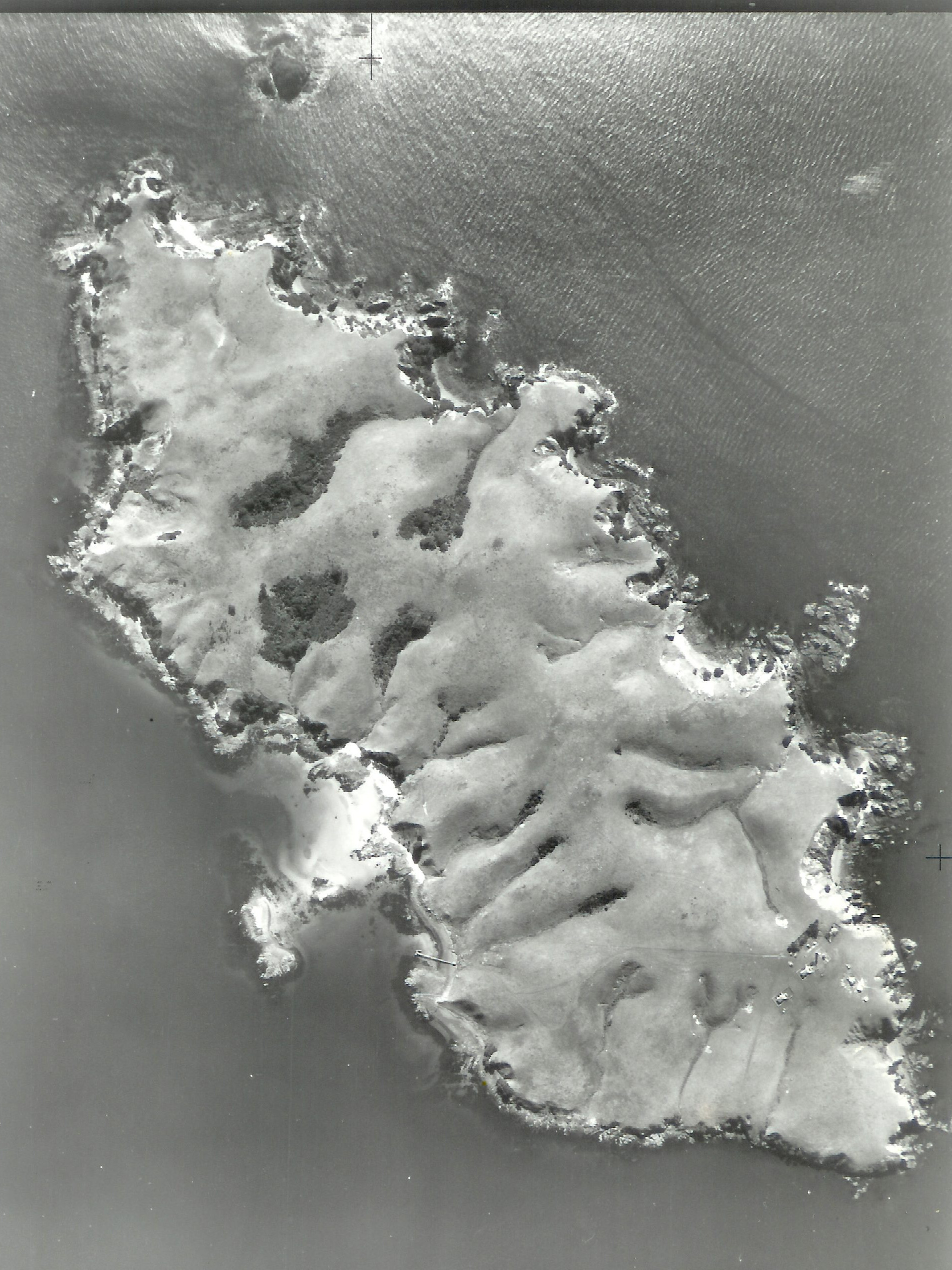
Tīeke mystery
Tīeke mysteryAuthor: Kay MiltonDate: August 2023Header Photo Credit: Lucas MugierSomething off has been happening in two of the tīeke nest boxes on Tiritiri Matangi. It was shared in our Tiritiri Matangi magazine, Dawn Chorus 124 (February 2021), that when Barbara Walter checked a box in early December 2020, two birds left as she approached. She found it contained six eggs (the normal number on Tiritiri Matangi would be two or three), and one of them was white (tīeke eggs are normally pale fawn with darker speckles)!
When the box was checked again on 16 December there were just three eggs. The white one and two of the others were missing. When we looked back at the photo of the six eggs we realised that the other two eggs were also unusual – they had a mixture of dark and light patches rather than speckles.
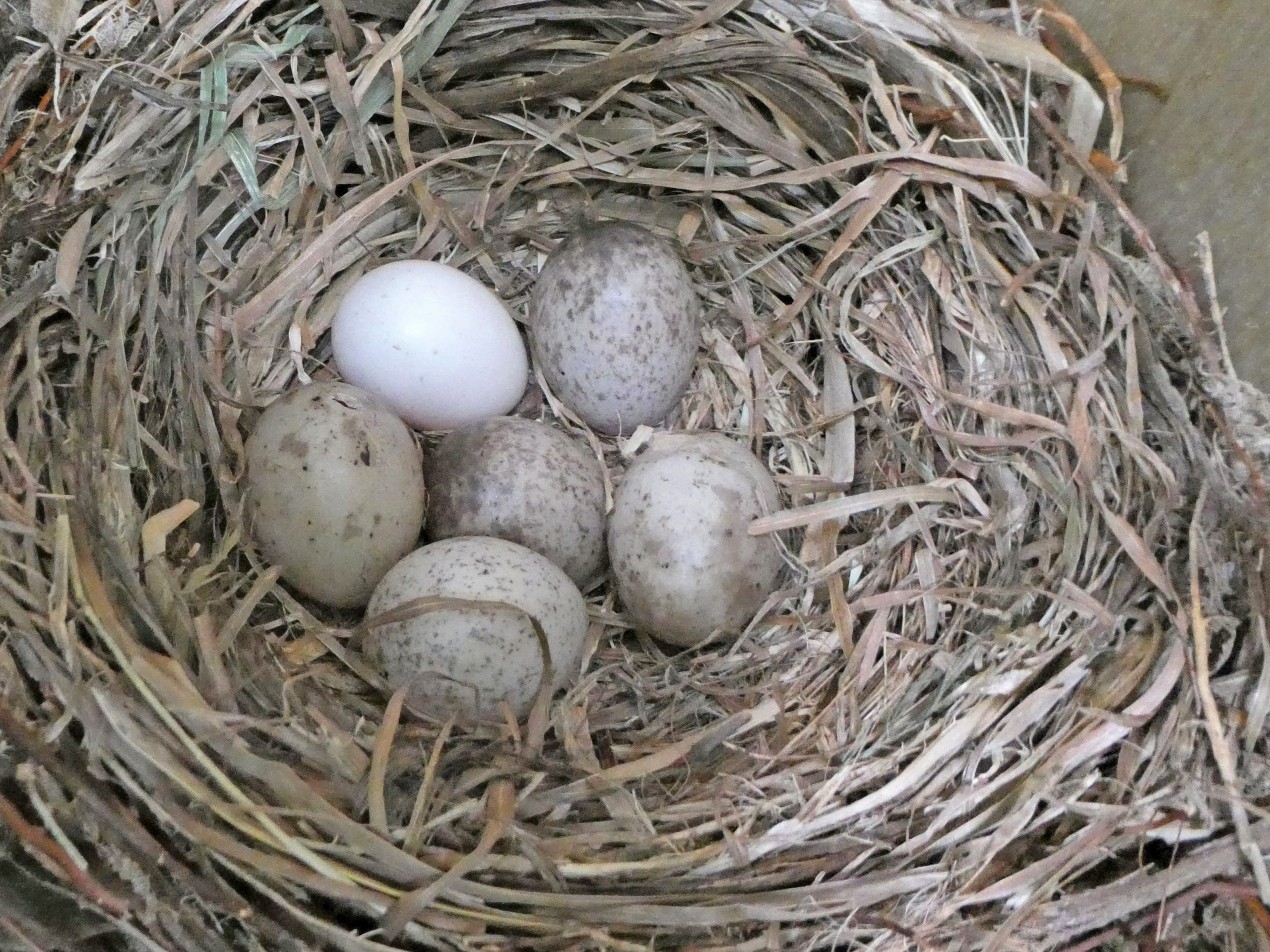
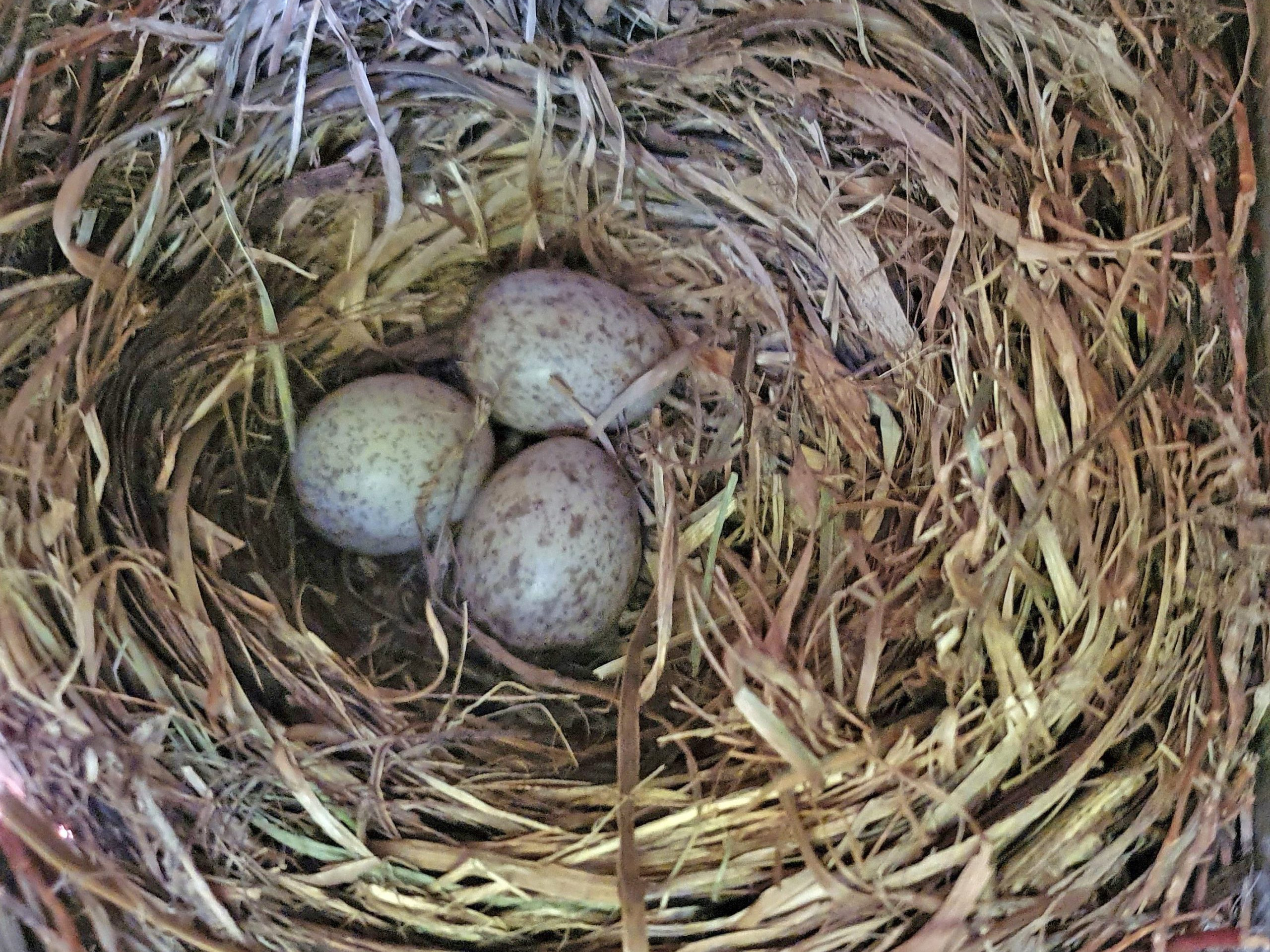
From the Dawn Chorus Archives: Rat tracks at Hobbs Beach spark huge effort to catch invader
Rat tracks at Hobbs Beach spark huge effort to catch invaderFrom the Dawn Chorus ArchivesEditor: Jim EaglesDate: Dawn Chorus 112 February 2018Photo credit: DOC and Karen O'SheaTwo huge rodent hunts have been carried out on Tiritiri over the past three months (end of 2017 and start of 2018) to preserve the rodent-free status the Island has enjoyed since 1993. Late last year a visitor reported seeing a mouse and sparked off a search which found nothing. Then early this year the discovery of rat tracks near Hobbs Beach led to an even bigger operation. The rodent saga began on 9 November when a visitor from the US told shop volunteer Chris Eagles he had seen a mouse on Ridge Rd and later repeated the story to relief ranger Dave Jenkins. It was sufficiently convincing for the Department of Conservation to send a rodent dog to check and it smelled something interesting in the area of the sighting. As a result, DOC set up a detection zone in a 200m radius around the site and blanketed it with devices 25m apart. These included 300 mouse traps, 500 tracking tunnels with ink pads to record the footprints of anything walking through them and 200 chew cards to record teeth marks. In addition, the permanent rodent control network, which has hundreds of traps and tunnels set up at 50m intervals around most of the tracks on the Island, was checked more regularly. Two…
Caulerpa - An invasive marine seaweed. What to look out for ... and what's next?
Caulerpa - An invasive marine seaweed. What to look out for ... and what's next?Author: John SibleyDate: July 2023Caulerpa brachypus and Caulerpa parvifolia are two almost identical species of invasive exotic seaweed that have been found growing intertidally on Aotea Great Barrier Island (2021) and now Kawau Island (2023). We need your help to detect it if it arrives on Tiritiri Matangi.
The Caulerpa species grow extremely rapidly and are said to smother everything living on the seabed. Native species either move away or die. The photos below are of C.brachypus on Aotea Great Barrier by kind permission of Jack Warden who discovered them there in 2021.
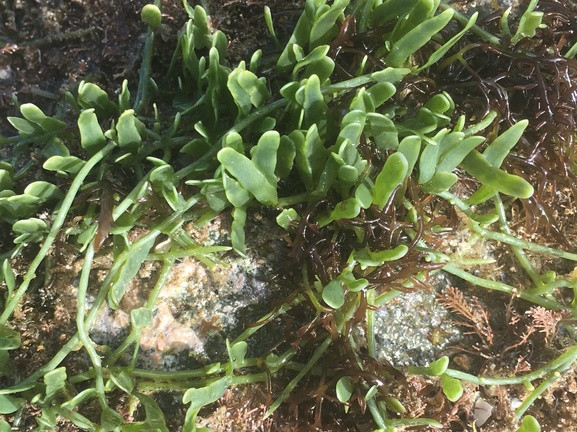
Pioneering restoration of Tiritiri Matangi
The pioneering restoration of Tiritiri Matangi'Saving Britain's Island' is a short film about island conservation, by ZSL PhD student, Joshua Powell. Produced by Matt Jarvis with the assistance of camera operators Benjamin Harris (UK) and Ben Sarten (NZ)Funded by the British Ecological SocietyIn early 2021 a film crew from the UK visited Tiritiri Matangi to produce a short documentary. The film would target audiences in the UK as an introduction to island conservation. Tiritiri Matangi was chosen because the pioneering restoration project has inspired similar projects around the world. The film explores how these techniques can be used to help protect biodiversity in the UK Overseas Territories. Click to watch the short film 'Saving Britain's Islands' on YouTube
